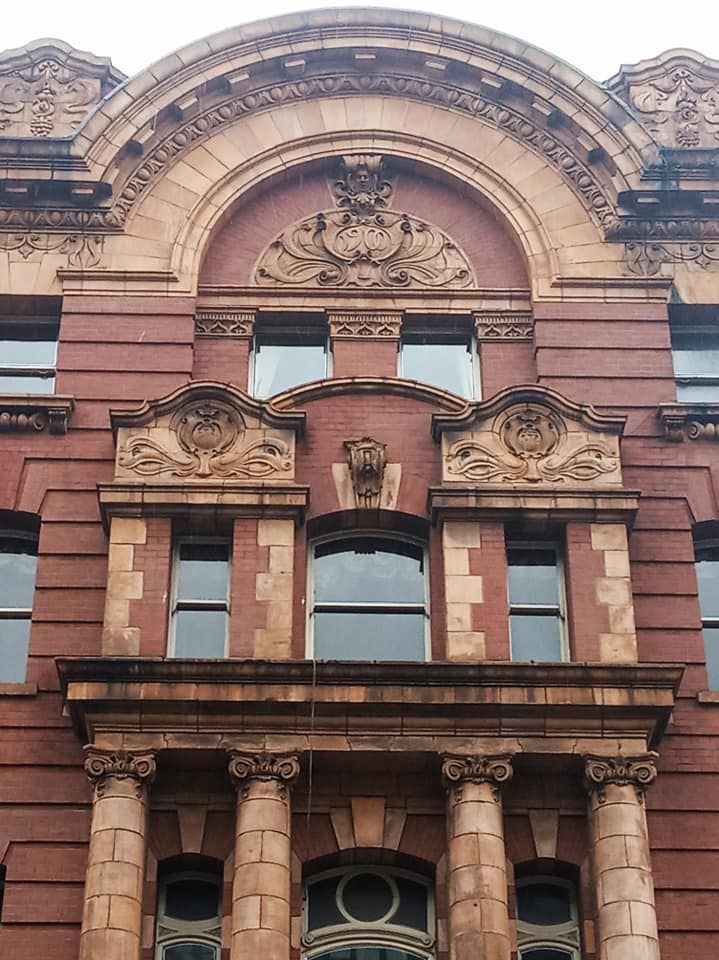About
In 1854 a solution to London's chronic overcrowding was required, and not only for the living; cemeteries were full and the threat of disease was high. To deal with this ever-growing problem the London Necropolis Railway (LNR) company was set up, using the newly industrialised railway to transport corpses (and their accompanying mourners) to a giant new cemetery in Brookwood, Surrey.
Nothing remains of the original LNR station which was located near Waterloo and demolished during expansion of the regular railway terminus in the early 1900s, but the replacement station, opened in 1902, still stands nearby, or at least its grand façade does. Designed by Cyril Bazett Tubbs, and specifically intended to be as attractive and un-funereal as possible, the building featured a ticket office, waiting rooms for mourners (separated from one another for privacy), a mortuary, storage rooms and a luxurious chapel, where those unable to make the journey to the final resting place could pay their respects. Tickets were issued in three classes and also for each coffin to travel, often with up to five funeral parties travelling together on one service (the names of the deceased were displayed on carriage doors to avoid confusion).
The LNR ferried over 200,000 bodies between Waterloo and Surrey over the course of the 87 years before closing its doors for the final time in 1941, after heavy bombardment from German bombers during World War II. Due to this, little of the London Necropolis Railway station still exists; however, the driveway and some rooms on the ground and upper levels can still be seen at 121 Westminster Bridge Road, as well as Tubbs' elegant and imposing frontage. The site is now a private company and there is no public access.
Related Tags
Community Contributors
Added By
Published
January 6, 2015














































